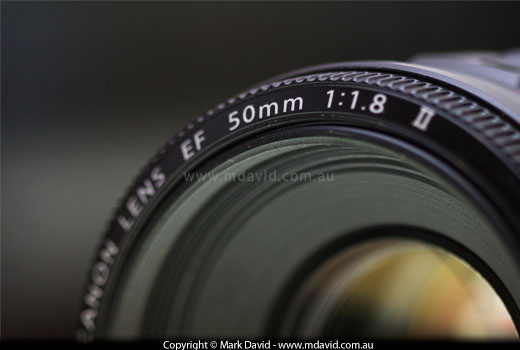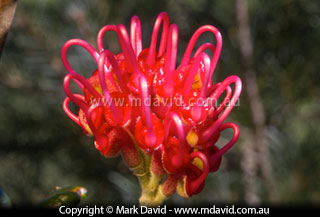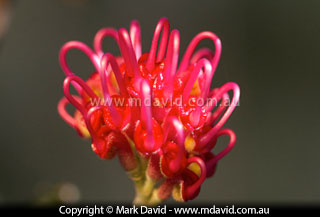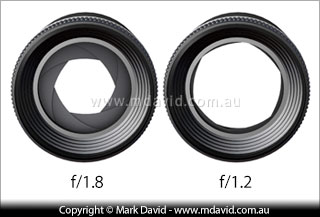
Digital SLR photographers talk about fast lenses with the kind of reverence motoring fanatics talk about fast cars. Here’s why they rave about them and why they can sometimes (but not always) be expensive.

Not all fast lenses are expensive. This 50mm f/1.8 example can be bought brand new for less than two hundred dollars, whereas a fast telephoto lens (one with a long focal length) can easily set you back thousands.
A fast lens is one capable of opening up to a big aperture. For example, a lens capable of f/1.2 would be considered speedy while one that couldn’t open up to anything bigger than f/8 would be considered slow.
But before I go on, if that last paragraph was confusing, then you might want to learn more about aperture and f-stops by reading the first page of my beginner’s guide to Digital SLR photography.
Why do photographers love fast lenses so much?
I’ll get the obvious reason out of the way first.
Because a fast lens lets in more light you can use it to take photos in darker conditions. That’s handy for wildlife photographers trying to get shots of critters running around in the dim light around sunrise or sunset. It can also allow for faster shutter speeds, which comes in handy on windy days, for example, when all the foliage in a scene is moving.
And because a fast lens captures more light, your camera is less likely to reach for its highest ISO settings where noise is likely to start making things look a little bit fuzzy and speckled.
But there’s another thing that’s special about fast lenses.


The difference a fast lens makes. The first photo was taken with a small aperture. The next photo was taken with a big aperture, typical of what a fast lens can manage. Notice how the background is blurred away so much more, which helps to draw attention to the flower.
When you look at something it will be in focus while the stuff at different distances tends to fall out of focus. Cameras do the same thing, with the amount of that background blurring being controlled by the amount of depth of field.
Because you control depth of field with your aperture setting, then the more you can adjust your aperture, the more you can control depth of field. So, a fast lens is the one that’s most capable of isolating a crisp, clear subject in front of a very, very blurry background.
Many photographers love having that option because it makes their subject really stand out and look kind of special. So they often reach for lenses with the biggest possible apertures.
Why are fast lenses so expensive?
It’s not just camera companies trying to make money — the truth is it’s more difficult and more expensive to make a lens capable of very big apertures.
You see, aperture is calculated as a fraction of focal length. I know that didn’t make sense to everyone so I’ll give you an example: if you had a 200mm lens at f/2, then the aperture hole (the hole letting light into the lens) would have to be able to open up to 200mm ÷ 2, which would be a huge 100mm-diameter hole. And once you’ve built a lens like that, then you’ve also got to deal with the tricky problems that huge aperture would cause to the optics, by having lots of very big polished glass bits inside the lens. The result would be complicated, heavy and tricky to make. Which is why fast long lenses can cost thousands of dollars.
Are all fast lenses expensive?
Thankfully, no! A 50mm lens for example, can be made for a comparatively low price while still being fast, because it’s a whole lot easier building a fast lens at that focal length than with the comparable aperture in a long lens. So 50mm lenses capable of apertures like f/1.8 can often be picked up for less than a couple of hundred dollars. Unfortunately, once you want to increase the aperture of your 50mm lens further, to f/1.2 for example, then suddenly the engineers making the lenses start running into more problems and so they have to work harder and smarter, using much larger pieces of glass and more sophisticated optics. So the cost (and the weight) starts going up again.
Is there much difference between f/1.8 and f/1.2?

At f/1.2 the lens would be letting in close to twice as much light than it would at f/1.8.
You might be surprised.
While the amount of light let into your lens doesn’t change an awful lot between, say, f/24 and f/22, the difference can be considerable when you go from f/1.8 to f/1.2. The maths is a bit complicated, but an f/1.2 lens will let in about twice as much light as the f/1.8, which means it’s about twice as fast.








